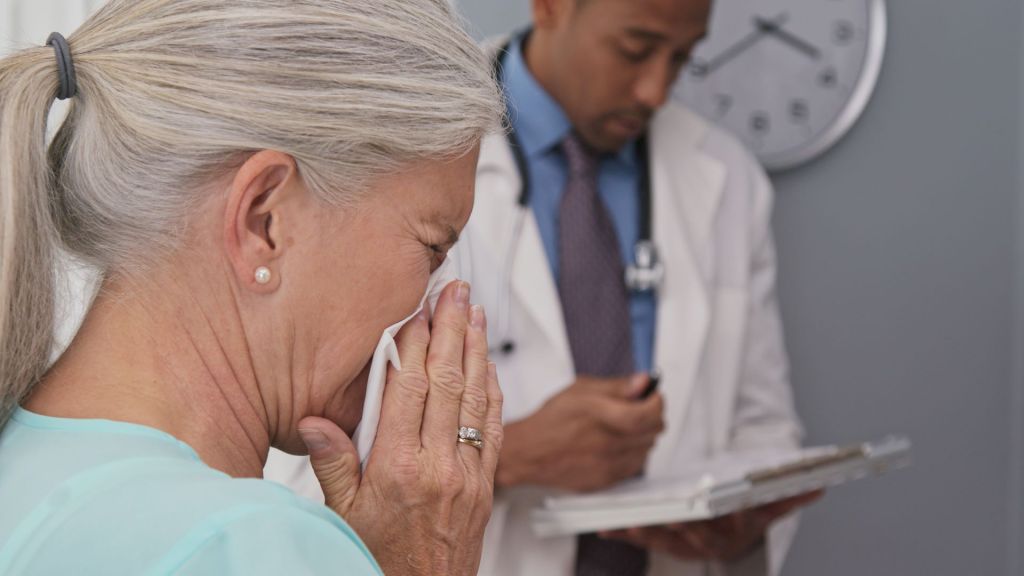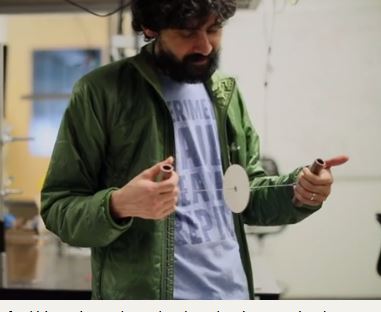From stomach bugs to the flu, viral outbreaks are a regular occurrence anywhere where community exists. When it comes to a new risk, such as COVID-19, property managers may feel that you are facing unknown terrain. Fortunately, a new release from the Center for Disease Control (CDC) sheds light on how to best care for your community. Coronavirus identification and transmission COVID-19, commonly called the coronavirus, is a respiratory disease. In late February, the US reported its first cases of COVID-19 in California, Oregon, and Washington. The first potential outbreak in a long-term care facility occurred in Washington. Multifamily and senior housing providers are advised take measures to promote resident health. Coronavirus is most often spread by human-to-human contact, likely when the respiratory droplets produced by an infected person are inhaled by others. It is possible that the virus may spread when the respiratory droplets remain on a surface that is later touched by others. Coronavirus is “spreading easily and sustainably” within communities, reports the CDC. Within the first two weeks of exposure, fever, cough, and shortness of breath may present. Learn what to do if you believe you are infected. Current data suggests that most cases of COVID-19 are mild, and only 16% of cases result in serious illness or death. Vulnerable populations, such as seniors and those with existing conditions of the heart or respiratory system, are at greater risk of serious illness. Preventing coronavirus spread in the leasing office There is a lot about the spread of COVID-19 that is still unknown. The following guidelines have been issued by the CDC based upon what is known about similar coronaviruses. The list below may help minimize exposure to respiratory illnesses in general. Protect staff If your employees feel sick or are symptomatic, encourage them to stay home. Your sick leave policy should support their wellness and quarantining illness. If employees report an ill member of their household, implement or maintain flexible policies that allow them to stay home and care for them. Hygiene and cleanliness Facilitate good hygiene on the premises. Provide disinfectant cleaning materials, disinfectant hand gels, tissues and touch-free disposal bins. Also promote good hygiene with coughing and sneezing. Remind staff members to cover their cough or sneeze with a tissue, throw the tissue away, and then wash their hands for at least 20 seconds. In the absence of soap and water, a disinfectant gel of at least 60% alcohol should be used. Frequently disinfect public surfaces such as door handles, bank transaction keypads, touchscreens, desks and other workspaces. Communicate If an employee is confirmed to have COVID-19, employers should notify fellow staff members of their possible exposure as well. Maintain the confidentiality of the infected coworker as mandated by the Americans with Disabilities Act (ADA). Employees exposed to COVID-19 should refer to CDC guidance for how to conduct a risk assessment of their potential exposure. Maintain communication with your public health department. Check for updates that can help to prevent an outbreak, mitigate risk, and control the spread of infection in cases of an outbreak. Preventing coronavirus spread throughout the community Distribute ways to prevent the spread of viruses at home via multiple platforms such as your community portal, emails, and newsletters. It may also be beneficial to post information in public spaces. The National Apartment Association (NAA) has issued best practice guidelines for dealing with coronavirus in communities. The organization is also hosting a free webinar in conjunction with IREM on Tuesday, March 10. You can sign up for that here. The developing story COVID-19 outbreak is continually under investigation. The CDC is updating its site as the situation develops. Click here to check the CDC website for updates. Get the full list of ways to prevent the spread of viruses in your...
Low-Tech Diagnostics
Frugal Science
For caregivers in economically depressed communities, even the simplest tests can be too expensive. But thanks to the Paperfuge, spinning biological samples for testing just got a whole lot more economical. The Paperfuge allows health care workers to perform important diagnostic tests in just a few minutes, all for less than a twenty-five cents. Understanding the need to provide low-cost, and low-tech, testing and diagnosis options to the developing world, Stanford Bioengineer Manu Prakash alighted on the idea of modifying a children’s toy into a cheap, functional centrifuge. It’s all a part of Prakash’s commitment to improving healthcare across the globe by pursuing the art of Frugal Science. “To me, Frugal Science is really designing with constraints in mind,” says Prakash in a video about the Paperfuge. “When we say ‘bringing tools the masses,’ we truly do mean the billions of people on the planet.” Low Energy, High Results Traditional centrifuges are bulky, expensive and require a robust energy supply, making them almost impossible to operate in far-flung reaches of the world. A StatSpin MP centrifuge, for example, can cost thousands of dollars and runs on electricity. For many economically challenged communities, standard medical equipment is too costly and resource intensive. Prakash and his team took on the challenge of making a more accessible – and affordable – version of this valuable diagnostic tool. “We told ourselves, we can design one, but it cannot require any electricity, and it needs to be light and portable – I need to be able to carry it in my pocket – and it needs to cost less than a dollar in parts.,” explains Prakash in the video. “By boxing ourselves in with constraints, we were able to think outside the box.” The Paperfuge fits all of those...
Safe Routes to Parks
Improve Health, Reduce Crime
Parks and Recreation Magazine recently published an article that offers insights into the benefits of green spaces. By promoting an active lifestyle and positively effecting human psychology, the Safe Routes to Parks program can transform the lives of the nation’s most vulnerable populations. Green spaces are a viable tool for improving public health and decreasing crime. Benefits of Green Spaces Research published in the Journal of Environmental Health Perspectives reveals that living in proximity to green space lowers the risk of all-cause, non-accidental mortality by 12 percent. Greenery reduces residents’ chances of dying from illnesses such as heart disease, diabetes, and cancer. Scott Brown at the University of Miami studied Medicare recipients in Miami-Dade County. Those who lived near green spaces experienced fewer chronic conditions: greenery reduced risk of diabetes by 14 percent, hypertension by 13 percent, and hyperlipidemia by 10 percent. The 2015 Urban Studies report finds that transforming vacant or gray spaces into green spaces reduces property crime and violent crime in the area. Marginalized neighborhoods—particularly urban, low-income communities—suffer in multiple ways from a shortage of green space. These communities are prone to crime, violence, poor air quality, and polluted waterways. Record-high obesity ratings, respiratory ailments, chronic disease and shorter life expectancy plague residents. Green spaces have the power to mitigate such ills in the communities that need them the most. Yet many high-risk neighborhoods lack green spaces. Those with parks face barriers to access. The National Recreation and Park Association’s Safe Routes to Parks Program aims to create parks and remove the barriers to attendance. Safe Routes to Parks Program The program first aims to create parks within a 10-minute walk of underserved communities. Studies reveal that residents within a 10-minute walk of a park have lower rates of obesity and...



